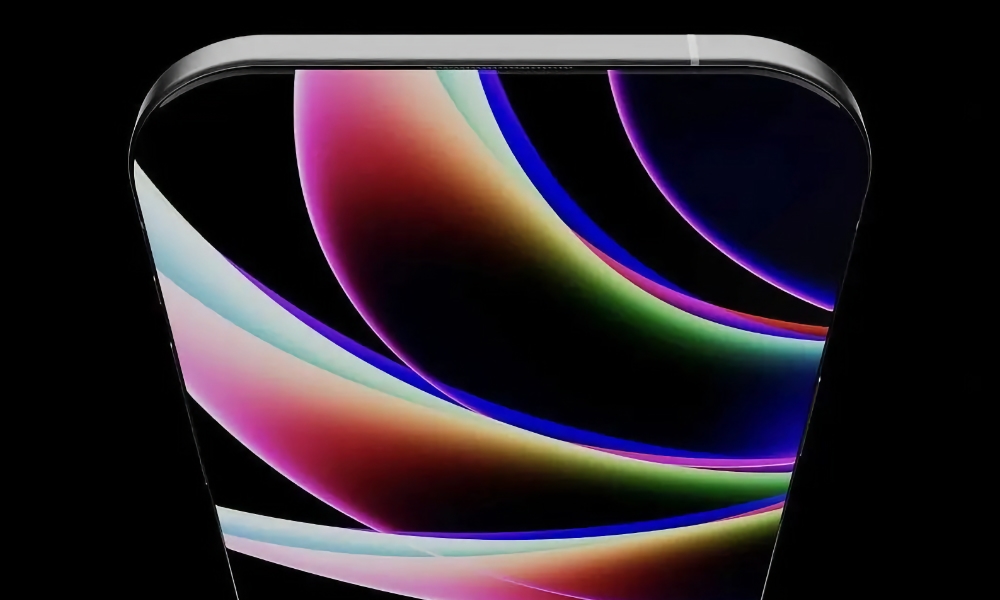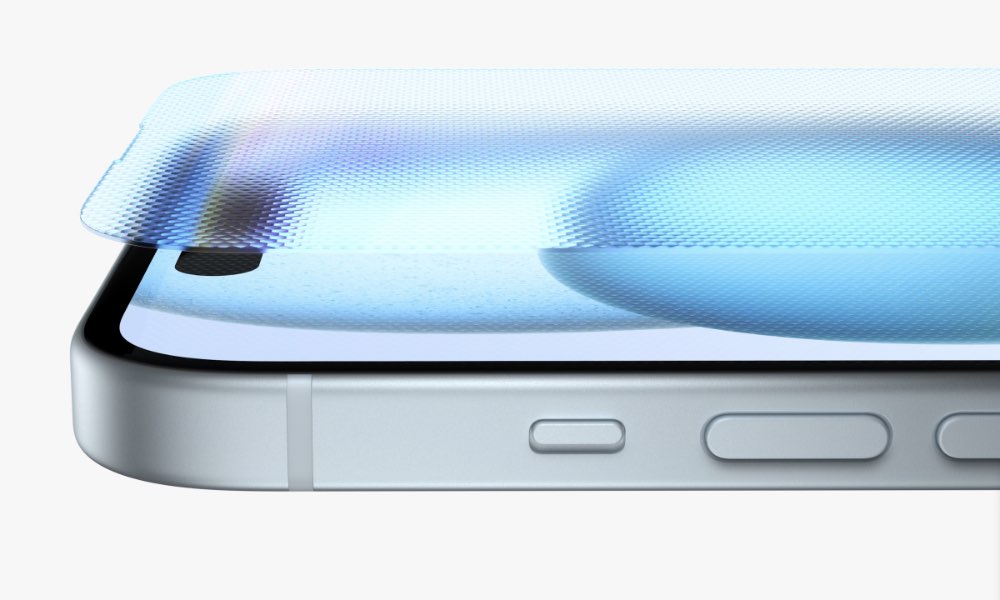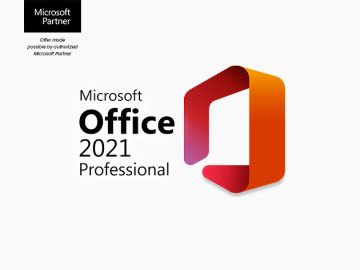The iPhone 17 Pro May Get an Antireflective Display After All
 iPhone One Concept (Tech Lauv / Instagram)
iPhone One Concept (Tech Lauv / Instagram)
Toggle Dark Mode
Five years ago, Apple introduced the Ceramic Shield, a new glass formulation that promised four times better drop performance than what it had used on previous models. Apple further improved this with last year’s iPhone 16 lineup, claiming the latest glass was twice as durable as the glass found on any other smartphone and 50% tougher than the original Ceramic Shield.
Now, it looks like Apple may be planning to take that up another notch with this year’s iPhone 17 Pro models.
We heard very early rumors that Apple was working on a more scratch-resistant and antireflective glass for the iPhone 17 in March 2024. However, things got quiet after that until this April,when a new report from MacRumors suggested Apple was having problems with the process, suggesting that the feature might go the way of the iPhone 15 Pro’s haptic buttons and be nixed.
The problem, the source said, was that Apple couldn’t apply the display coating process fast enough to keep up with the millions of iPhones it would need to manufacture. So, rather than slowing down the production lines to accommodate the new coating, it reportedly opted to shelve its plans for this year’s models.
However, a new report this week suggests that the new coating may be back in the game. Yesterday, MacRumors cited a “reliable source” who said that Apple’s suppliers have been able to achieve a sufficient yield for mass production after all. It’s unclear if this is the same source that previously reported Apple’s abandoned plans in April.

The improved display technology, which seems to be a coating rather than a new Ceramic Shield glass formulation, is still believed to be exclusive to the iPhone 17 Pro and iPhone 17 Pro Max. The iPhone 17 and “iPhone 17 Air” are expected to get the same Ceramic Shield found on the iPhone 16 models.
This would be the first time Apple has introduced anti-reflective displays to the iPhone. In that sense, it’s playing catch-up with Samsung, which adopted Corning’s Gorilla Glass Armor for last year’s Galaxy S24 Ultra, promising a reduction in reflections by up to 75% compared to standard glass surfaces.
Apple introduced an antireflective nano-texture glass to its Pro Display XDR in 2019, later expanding it to the last of its 27-inch iMacs in 2020, and the new Studio Display in 2022. Last year, it significantly expanded that glass to include the M4 iPad Pro, MacBook Pro, and iMac.
However, the nano-texture glass is an optional upgrade that costs an extra $100-$200 above the standard price of an iPad or Mac. In some cases, it was also only available as an option on the higher-end models.
While it’s too early to say for sure how Apple will handle this new anti-reflective and scratch-resistant glass, the reports we’ve seen suggest that it will be standard on the iPhone 17 Pro models. That’s likely because it’s not the same as nano-texture glass, which would arguably be an unwise choice on an iPhone due to its more delicate nature — you need to use a special polishing cloth just to clean it.
As usual, it’s also essential to keep in mind that while MacRumors believes its source is reliable, this rumor is still uncorroborated by any others. It may not happen at all, but if it does, it could give iPhone 17 Pro owners one less reason to opt for a screen protector. The Ceramic Shield is already durable enough to make screen protectors less relevant for drop protection. Still, Apple has done nothing so far to eliminate the need for antiglare films, despite iPhone screens continuing to get brighter. Samsung’s Galaxy S24 lineup has proven that an antiglare screen makes a significant difference, so we’re hoping the iPhone follows suit.
[The information provided in this article has NOT been confirmed by Apple and may be speculation. Provided details may not be factual. Take all rumors, tech or otherwise, with a grain of salt.]







